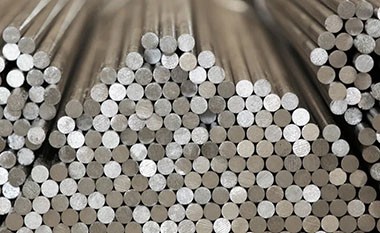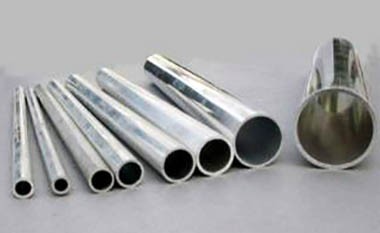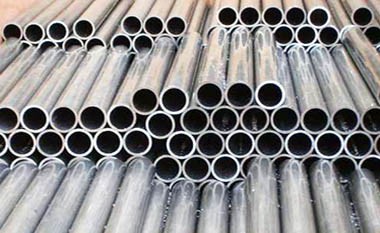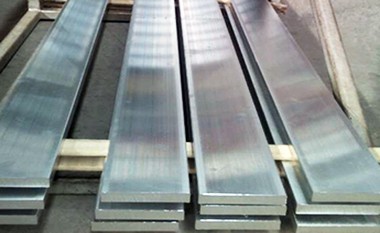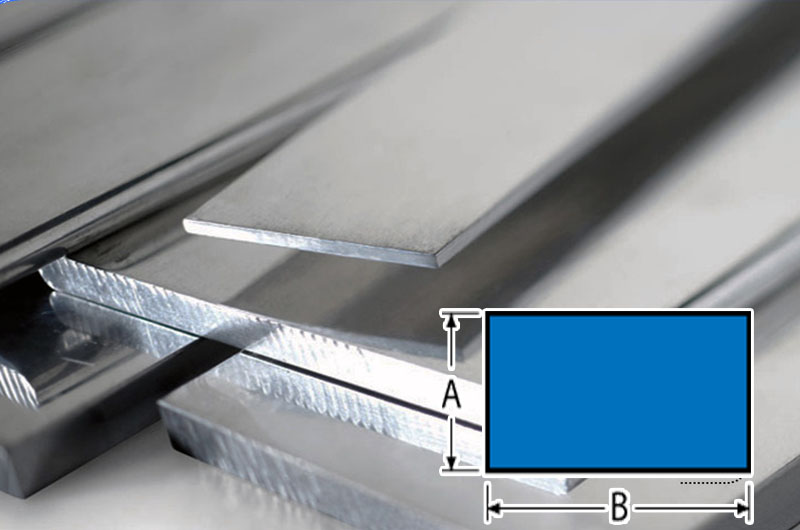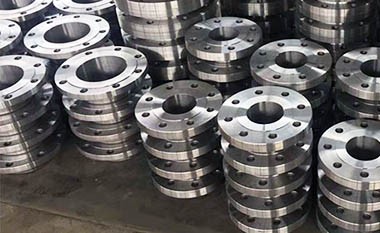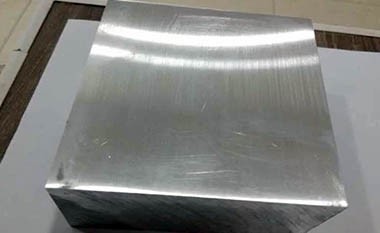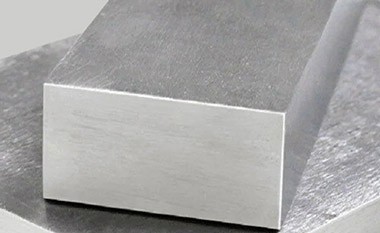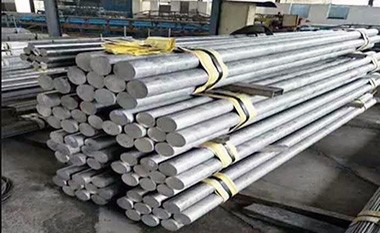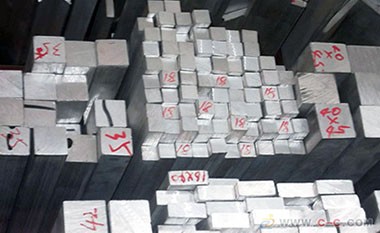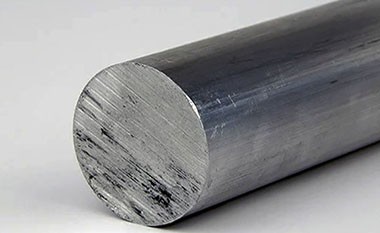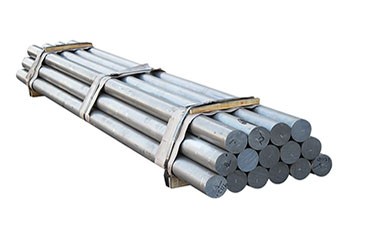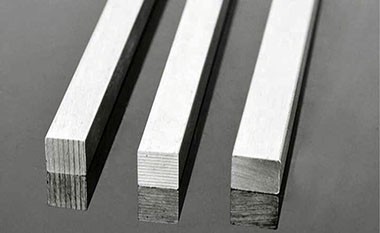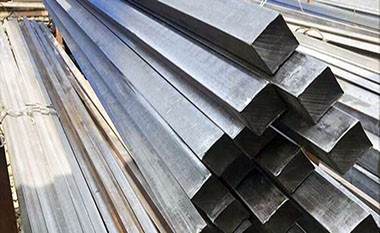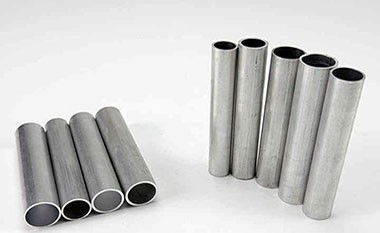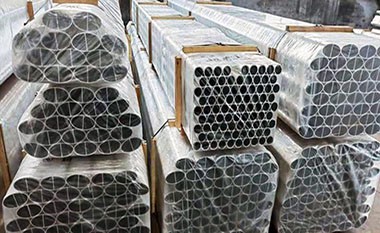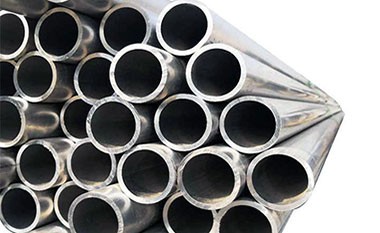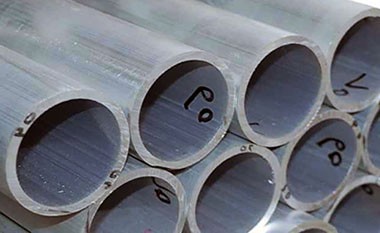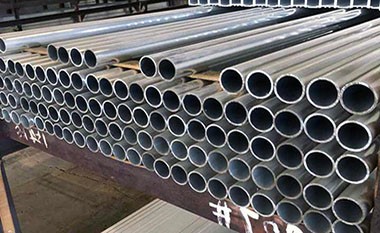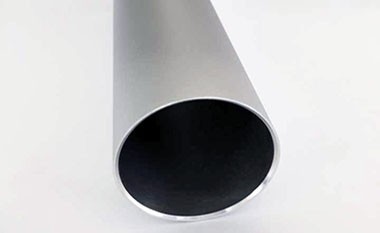What is the difference between 2024 aluminum and 7075 aluminum?
Aerospace-grade 2024 (aluminum-copper-magnesium) and 7075 (aluminum-zinc-magnesium-copper) both have a high strength-to-weight ratio, but 7075 has higher peak strength, while 2024 offers better fatigue resistance.
2024 is suitable for wing and fuselage skins that undergo cyclic loads, whereas 7075 is used for high-stress structural components, gears, shafts, and tools, as maximum static strength is critical.
- Strength and High-Temperature Performance: 7075 aluminum has higher overall strength, but 2024 aluminum performs better in environments above 125°C.
- Corrosion Resistance: 7075 aluminum is superior, while 2024 aluminum requires additional protection.
- Application Scenarios: 7075 is used for high-load precision parts, and 2024 is suitable for high-temperature general aviation components.
- Cost: 2024 aluminum is more economical, while 7075 aluminum is more expensive due to its performance premium.
2024 aluminum and 7075 aluminum Summary of Key Differences
| Factor | 2024 Aluminum | 7075 Aluminum |
| Primary Alloy | Copper | Zinc |
| Strength | High, but lower than 7075 | Highest among aluminum alloys |
| Corrosion | Poor (requires protection) | Better (especially anodized) |
| Machinability | Excellent | Moderate (requires specialized tools) |
| Fatigue Resistance | Superior | Moderate |
| Typical Use Cases | Cyclic-load structures (e.g., wings) | High-stress components (e.g., gears) |
2024 Aluminum vs 7075 Aluminum Chemical Composition
2024 Alloy (2XXX Series)
- Main Alloying Element: Cu 3.8–4.9%
- Mg: 1.2–1.8%
- Mn: 0.3–0.9%
- Other Elements: Si, Fe ≤ 0.5%; Cr ≤ 0.1%; Zn ≤ 0.25%; Ti ≤ 0.15%
7075 Alloy (7XXX Series)
- Main Alloying Element: Zn 5.6–6.1%
- Mg: 2.1–2.5%
- Cu: 1.2–1.6%
- Cr: 0.18–0.28%
- Other Elements: Si, Fe, Mn, Ti each ≤ 0.5%
2024 Aluminum vs 7075 Aluminum Physical Properties
| Property | 2024 Alloy | 7075 Alloy |
| Density | 2.78 g/cm³ | 2.81 g/cm³ |
| Young’s Modulus | 73 GPa | 71–72 GPa |
| Electrical Conductivity | ~30 % IACS | ~34 % IACS |
| Thermal Conductivity | ~120 W/m·K(approx.) | 130–150 W/m·K |
| Specific Heat | ~875 J/kg·K | 715 J/kg·K |
2024 Aluminum vs 7075 Aluminum Mechanical Properties
Tensile Strength (T6 Condition)
- 2024-T6: UTS ≈ 425 MPa (62 ksi), YS ≈ 275 MPa (40 ksi)
- 7075-T6: UTS ≈ 510 MPa (74-78 ksi), YS ≈ 435 MPa (63-69 ksi)
Fatigue Strength
- 2024-T6: ≈ 124 MPa (18 ksi)
- 7075-T6: ≈ 160 MPa (23 ksi)
Hardness (Brinell Hardness)
- 2024-T6: ~125 HB
- 7075-T6: ~150 HB
Elongation at Fracture (T6 Condition)
- 2024-T6: ~15%
- 7075-T6: Approximately 5–8%
2024 vs 7075 Heat-Treatment and Tempers
| Temper | 2024 Alloy | 7075 Alloy |
| T3 | Cold-worked + natural aging; UTS 400–430 MPa | – |
| T6 | Solution-treated + artificial aging; peak strength | Solution-treated + aged (~120 °C/24 h) |
| T651 | T6 + stress relief by stretching | T6 + stretching; similar UTS/YS |
| T7/T73 | Overaged for corrosion resistance | Overaged to improve stress-corrosion cracking resistance |
2024 vs 7075 Corrosion Resistance
- 2024: Due to its copper content, it has relatively poor corrosion resistance; it is usually protected by cladding with pure aluminum ("Alclad") or anodizing, but the cladding can reduce fatigue performance.
- 7075: Better than the 2000 series, but susceptible to stress corrosion cracking. Overaged conditions (T73/T7351) can improve corrosion resistance but reduce strength.
Application Impact: 2024 should be avoided in unprotected marine environments, while 7075 is more durable in humid conditions.
| Aluminum Alloy | Corrosion Resistance | Description of Characteristics |
| 2024 | Poor | Due to its higher copper content, 2024 aluminum alloy has poor corrosion resistance and is prone to corrosion. It usually requires protective coatings (such as cladding or anodizing) to enhance its corrosion resistance. |
| 7075 | Good | 7075 aluminum alloy has good corrosion resistance, especially after anodizing treatment, which provides strong corrosion protection. However, compared to alloys like 6061, its corrosion resistance is still lower. |
2024 vs 7075 Machinability and Weldability
2024 vs 7075 Machinability
- 2024: Good (about 70% of easy-cutting steel)
- 7075: Fair to good; tool wear is slightly higher than 2024
2024 vs 7075 Weldability
- 2024: Can only be welded by friction/stir welding; fusion welding causes significant strength loss
- 7075: Generally considered unweldable by fusion methods; welds require extensive post-weld heat treatment to restore strength.
2024 vs 7075 Formability and Workability
2024 vs 7075 Workability
- 2024: Easier to process, especially in annealed or T3 temper. Very suitable for machining complex parts.
- 7075: Due to its higher strength, machining is more difficult; requires specialized tools.
2024 vs 7075 Formability
- 2024 is more ductile and easier to form (e.g., aircraft skin).
- 7075 is brittle in the T6 temper and more difficult to form.
2024 vs 7075 Welding and Heat Treatment
2024 vs 7075 Welding
Both alloys have poor weldability. 2024 is prone to hot cracking, while 7075 has a significant loss of strength in the heat-affected zone. Mechanical fastening (rivets/bolts) is the preferred method.
2024 vs 7075 Heat Treatment
- 7075 responds better to precipitation hardening (e.g., T6 condition), achieving ultra-high strength.
- 2024-T3 is typically used in fatigue-critical applications that do not require welding.
2024 vs 7075 Applications
| 2024 Aluminum Alloy Applications | Specific Applications |
| Aerospace | Wing skins, fuselage components (subject to high cyclic loads) |
| Hydraulic manifolds (excellent fatigue resistance) | |
| Military Aircraft Structures | Main load-bearing parts of various military airframes |
| Transportation | Truck wheels |
| Structural components (e.g., load-bearing beams, supports, etc.) | |
| Precision Instruments | Components requiring high dimensional stability, such as measurement, testing, and instrument housings |
| 7075 Aluminum Alloy Applications | Specific Applications |
| Aerospace | High-stress components: landing gear, wing spars, fuselage frames |
| Military/Defense | Missile structural components |
| Various tactical equipment bodies | |
| Mechanical Transmission | Gears, bearings, drive shafts, and other high-load parts |
| High-strength hand and power tools | |
| High-performance sports equipment | Bicycle frames |
| Other lightweight high-strength parts for extreme sports |
- Fatigue performance: 2024 focuses more on fatigue resistance under cyclic loads, making it suitable for skin, piping, and other repeated stress environments; 7075, on the other hand, excels in single extreme loads (high stress).
- Strength grade: 7075 has a significantly higher tensile strength than 2024, making it commonly used in critical high-load components like landing gear and gears; 2024 strikes a balance between strength and formability, and is more suited for structural components that require both load-bearing and fatigue resistance.
- Application areas: Both are widely used in aerospace, but 2024 also has unique advantages in transportation (truck wheels) and precision instruments; 7075 extends to defense weapons and high-end sports equipment.
2024 vs 7075 Cost Considerations
- 2024: More cost-effective for projects with lower strength requirements.
- 7075: More expensive due to alloying elements (zinc) and complex processing techniques.
When to Choose 2024 and 7075?
- Choose 2024 if you need excellent fatigue life under cyclic loads, good machinability, and can accept additional corrosion protection measures.
- Choose 7075 if you require the highest static strength, moderate corrosion resistance without coating, and less stringent fatigue life requirements.
Maybe also you like:

